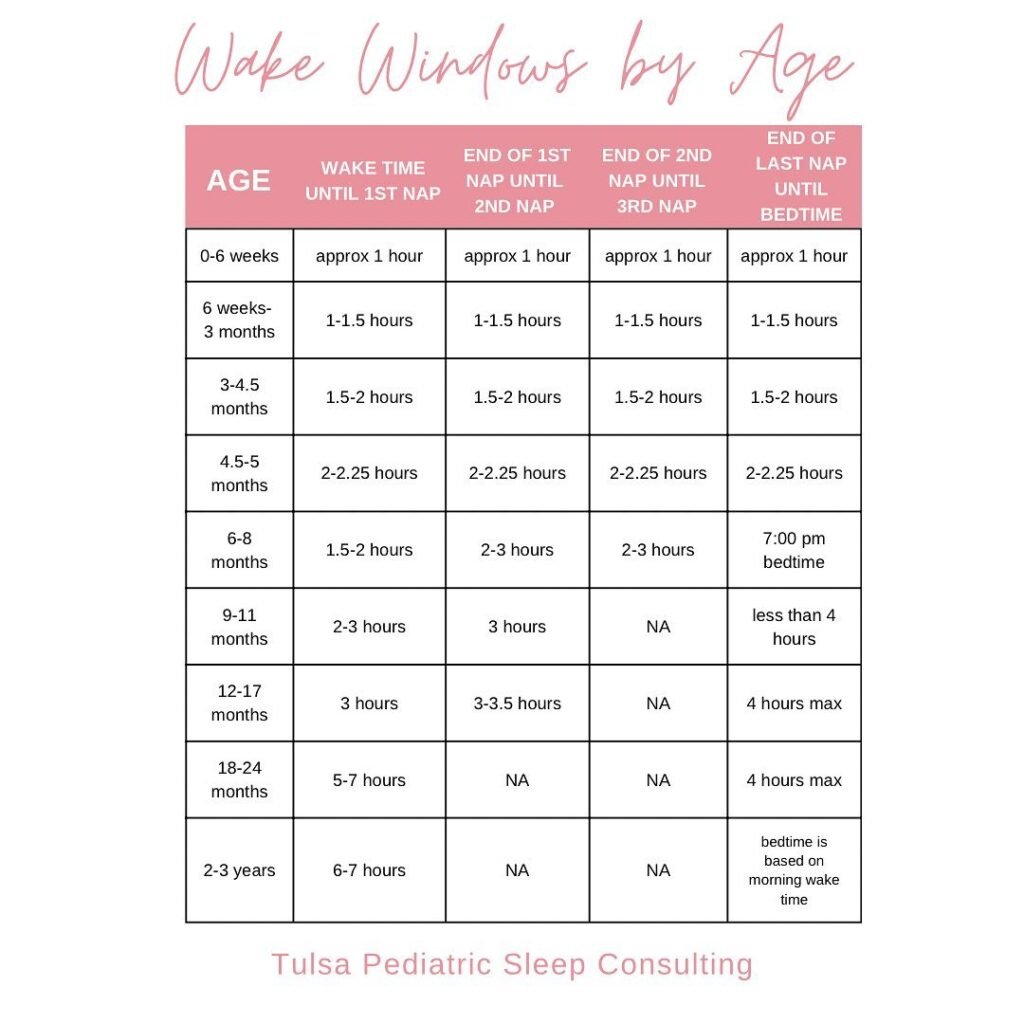Ideal Nap Schedule for 11-Month-Olds | Baby Sleep Guide

A well-rested baby is a happy baby, and a consistent nap schedule can be a game-changer for both your child and your household. At 11 months old, a baby’s sleep needs are evolving, and creating an ideal nap routine can support their growth, development, and overall health.
This guide will help you understand your 11-month-old’s sleep requirements, offer sample nap schedules, and provide tools to troubleshoot common sleep challenges. Whether you’re navigating sleep transitions or creating a nap-friendly atmosphere, this article has you covered.
Understanding Sleep Needs at 11 Months Old
At 11 months, babies are full of energy, ready to explore, and developing rapidly. To fuel that growth, proper sleep is essential.
Total Sleep Duration:
At this age, most babies need about 13 to 15 hours of total sleep in a 24-hour period:
- Nighttime Sleep: Approximately 10 to 12 hours
- Daytime Naps: About 2 to 3 hours split between 1 or 2 naps
Wake Windows:
Wake windows are the periods a baby can comfortably stay awake between naps. For an 11-month-old, typical wake windows are around:
- 3 to 4 hours between waking and the first nap
- 3 to 4 hours between naps (or between the last nap and bedtime)
These wake windows may vary based on your baby’s individual temperament and activity level, but sticking to these general guidelines promotes better sleep quality.
Sample 11 Month Old Nap Schedules

Every baby is unique, but these sample schedules cover common scenarios to help you tailor one to your child’s needs.
Schedule 1 (For Two Naps):
This is ideal for babies who still thrive on two naps a day.
- 7:00 AM: Wake up
- 10:00 AM to 11:30 AM: Nap 1 (1.5 hours)
- 3:00 PM to 4:00 PM: Nap 2 (1 hour)
- 7:30 PM: Bedtime
Schedule 2 (For Longer Naps):
If your baby tends to take longer naps, this schedule might fit better.
- 8:00 AM: Wake up
- 11:30 AM to 1:30 PM: Nap 1 (2 hours)
- 5:00 PM to 5:30 PM: Nap 2 (short 30-minute nap)
- 8:30 PM: Bedtime
Schedule 3 (Transitioning to One Nap):
For babies beginning to drop the second nap.
- 7:00 AM: Wake up
- 12:00 PM to 2:30 PM: Nap 1 (2.5 hours)
- 7:00 PM: Bedtime
Use these schedules as a framework while being flexible to your baby’s natural rhythms, which may change from day to day.
Troubleshooting Common Nap Issues

Nap struggles happen to the best of us! Here are some common nap-related challenges and how to address them.
Short Naps
- Problem: Naps lasting less than 30 minutes are not restorative.
- Solution:
- Ensure your baby is not under- or overtired by adjusting their wake windows.
- Create a consistent nap-time routine (like a short story or lullaby).
- Evaluate the sleep environment for distractions (more on that below).
Refusing One of Two Naps
- Problem: Your baby resists the second nap, leaving them cranky by bedtime.
- Solution:
- Gradually stretch wake windows to transition to one nap if the second nap refusal becomes a pattern.
- Temporarily introduce an earlier bedtime to make up for the lost nap.
Difficulty Falling Asleep
- Problem: Your baby takes a long time to fall asleep at naptime.
- Solution:
- Ensure they’re getting enough physical activity during their wake window to tire them out.
- Avoid overstimulating activities in the 30 minutes leading up to nap time.
Creating a Sleep-Conducive Environment

Your baby’s sleep environment plays a significant role in building healthy sleep habits. Here are a few tips to create the perfect nap-time setup:
- Dark Room: Use blackout curtains to block out light, especially during daytime naps.
- White Noise Machine: Block out household noise to help your baby stay asleep.
- Comfortable Temperature: Keep the room between 68–72°F (20–22°C) for optimal comfort.
- Safety First: Ensure the crib is clear of blankets, pillows, and toys to meet safe sleep standards.
- Familiar Sleep Cue: A comfort item like a small, safe lovey or pacifier (if age-appropriate) can help signal naptime.
The Transition to One Nap
Around 11 to 15 months, many babies begin transitioning from two naps to one. Knowing when and how to manage this transition can reduce stress for both you and your baby.
Signs Your Baby is Ready for One Nap:
- Consistently refusing their second nap.
- Nighttime sleep becomes disrupted or shorter in duration.
- Extended periods of playfulness during what used to be naptime.
How to Manage the Transition:
- Stretch the Morning Wake Window:
Gradually push the first nap later by 15-30 minutes every few days until it lands midday.
- Offer Quiet Time:
On days when they don’t nap, provide quiet activities like reading or cuddling to allow rest without forcing a nap.
- Earlier Bedtime:
During this adjustment, your baby may get overtired at night. An earlier bedtime can offset the lack of daytime sleep.
This transition takes time, so be patient and flexible as you and your baby settle into the new routine.
Helping Your Baby Thrive With a Nap Schedule
Consistency and flexibility are your best allies when it comes to creating the ideal nap schedule for your 11-month-old. Remember:
- Stick to appropriate wake windows to meet their sleep needs.
- Adapt to your child’s unique temperament and developmental milestones.
- Troubleshoot nap-related challenges with a calm and proactive approach.
A well-oiled nap routine sets the stage for healthy sleep habits that will benefit your child in the months and years to come. And don’t forget to trust your instincts as a parent—you know your baby best!






